This might sound strange, or even controversial, but -- there are no "breakpoints". Even looking at your image, the fourth breakpoint might as well be on the local maximum immediately before its current position. So, different people might call "breakpoints" different points on the same graph (and, indeed, they do).
What you have in the numbers are several possible moving averages (calculated on a varying interval, so you might consider MA5 for five-day average, or MA7 for a week average) and their first and maybe second derivatives (if you feel fancy you can experiment with third derivatives). If you plot all these lines, suitably smoothed, over your data, you will notice that the salient points of some of them will roughly intersect near the "breakpoints". Those are the parameters that your brain considers when you "see" the breakpoints; it is why you see there the breakpoints, and not somewhere else.
Another method that the human vision employs to recognize features is trimming outliers: you discard in the above calculations either any value outside a given tolerance, or a fixed percentage of all values starting from those farther from the average. You can also experiment not trimming those values that are outliers for longer-period moving averages but are not for shorter periods (this gives better responsivity but will find more "breakpoints"). Then you run the same calculations on the remaining data.
Finally you can attribute a "breakpoint score" based on weighing the distance from nearby salient points. Then, choose a desired breakpoint distance and call "breakpoint" the highest scoring point in that interval; repeat for all subsequent breakpoints. Again, you may want to experiment with different intervals. This allows for a conveniently paced breakpoint set.
And, finally, you will probably notice that different kinds of signal sources have different "best" breakpoint parameters, so there is no one "One-Size-Fits-All" parameter set.
If you're building an interface to display data, leaving the control of these parameters to the user might be a good idea.
